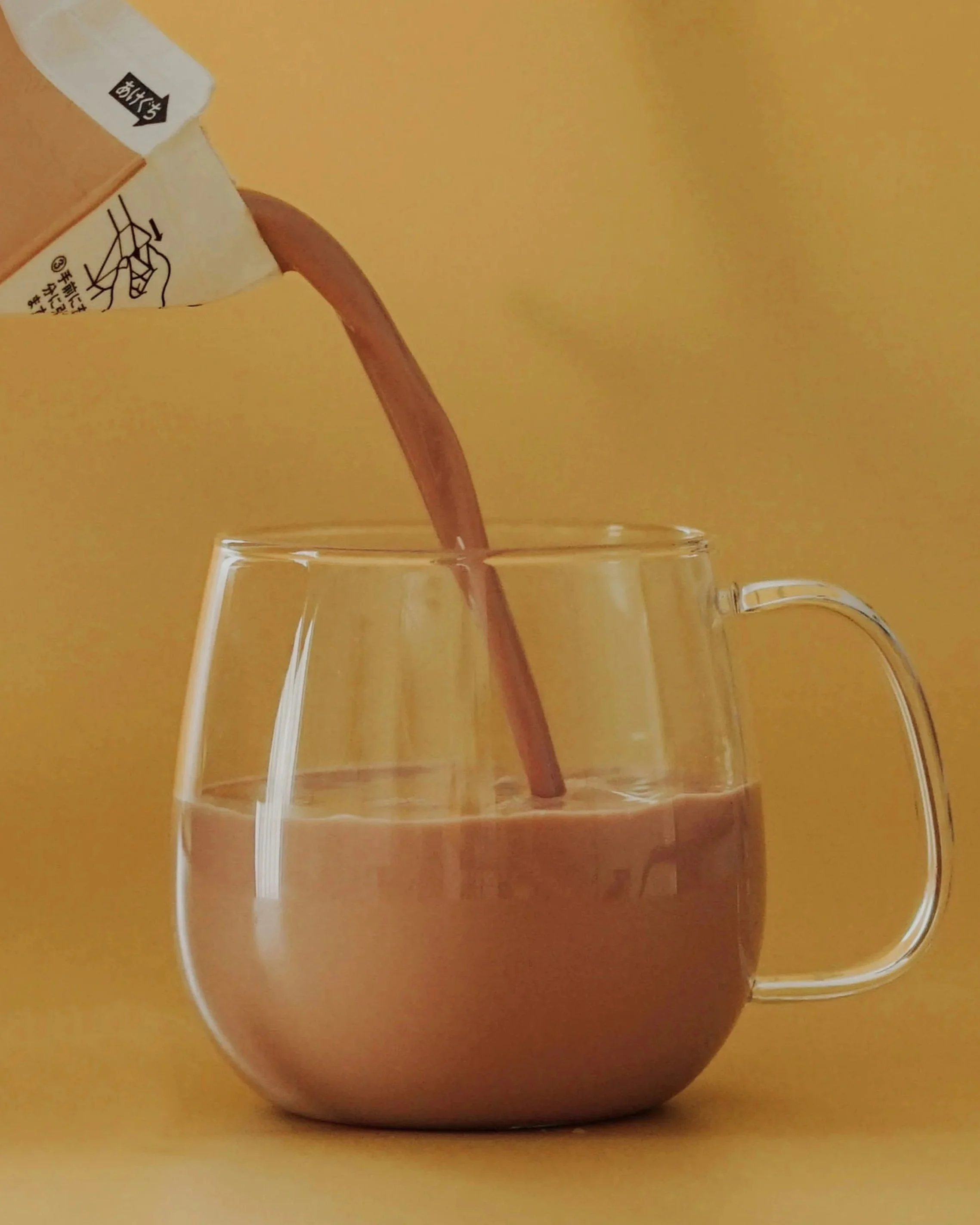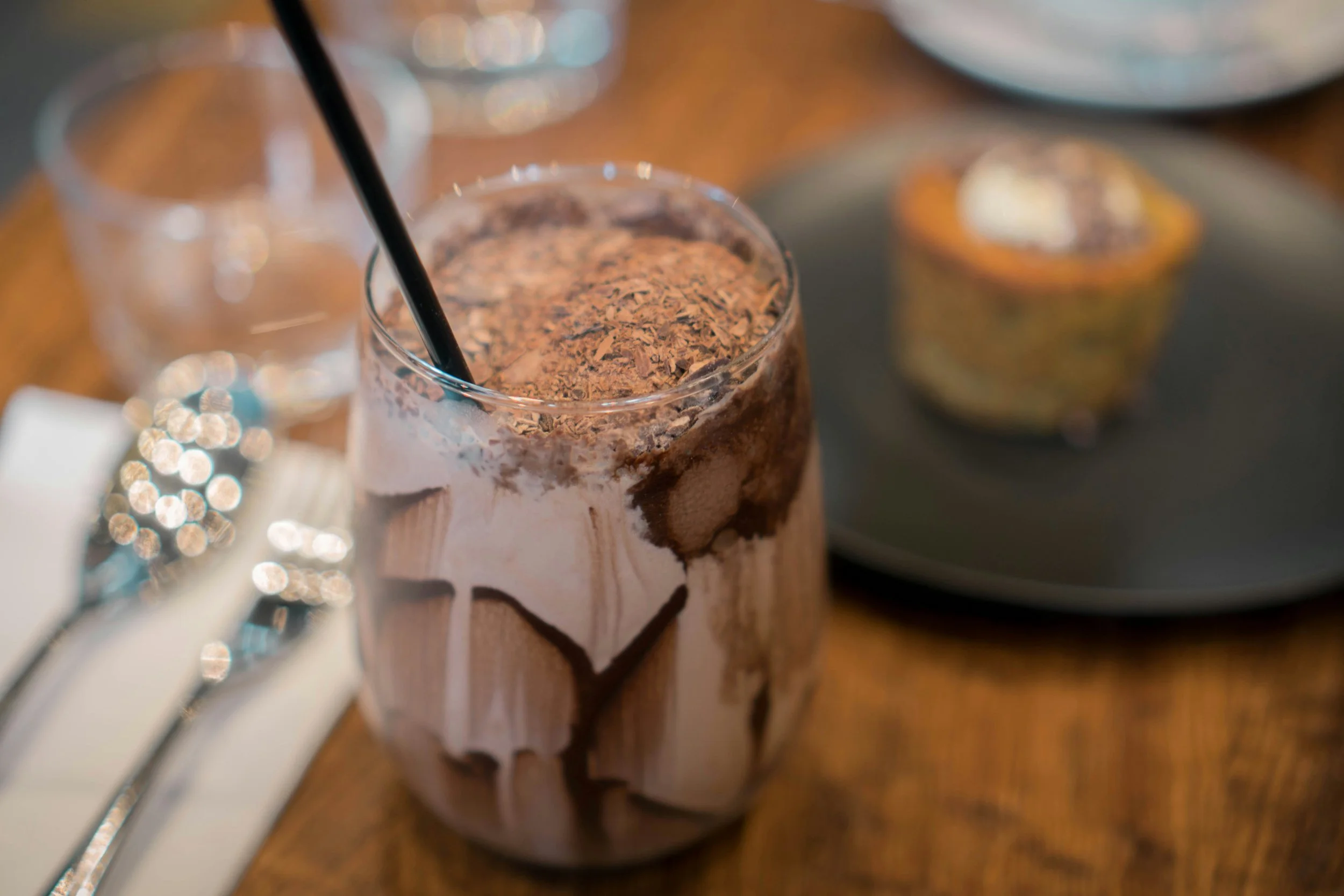By Chade Gonter
“You take dark chocolate, you mix it with white milk, and it becomes a delicious drink. That is the chocolate I am talking about.”
I remember being more excited to go to school on Fridays than any other day of the week. In elementary school, I followed a very conventional schedule: I went to school from 8:00 AM to 3:00 PM, Monday through Friday. Fridays were, of course, special. I think most people in the world have a soft spot for Fridays because they signal the start of the weekend—a glorious and triumphant day marking the end of a workweek. But that wasn’t my reason for loving Fridays.
At this point in my life, I was still at the age where I didn’t grasp time very well. I hadn’t learned to idolize weekends yet, because every day felt new and exciting, and school was genuinely enjoyable. It’s kind of like when you’re a kid in a car—you just arrive at a new place. It almost feels like teleporting. You can’t really follow the twists and turns that would give you a geographical understanding of your position on a map. For me, that’s kind of how my days felt. I was almost always present, mindful, available—a skill I’ve lost over the years.
However, one thing constantly pulled me from my limbo of time and space. That “thing” was Fridays. Why? Because Fridays were the days I got chocolate milk at lunch. Every other day came with regular, lame, PLAIN milk. So I would wait until someone told me that the current day I was experiencing was a Friday so I could get my chocolate milk at lunch. I remember standing in line, eagerly awaiting my turn to have food plopped onto my tray, because at the end of the “food” portion came the moment I got to pick out my own paper chocolate milk carton. I would watch as the lunch staff brought out the big crates filled with the good stuff—a noticeably different-colored milk carton than what was normally available. Plain milk was still an option, of course, but I couldn’t imagine someone passing up the opportunity to guzzle down chocolate perfection. Some kids even chose water. Absolutely absurd.
They seriously chose water over this??
No, no—not me. I would pick up the cold chocolate milk carton, wet with condensed moisture on the outside—a signal of its stark temperature contrast with the air (I didn’t know this at the time, of course; I just thought milk cartons were always wet). With my food and my special Friday delicacy in hand, I’d rush to my lunch table and immediately pop open my milk. I remember the first taste was always the best. I could feel it on my tongue, and it was always as good as I hoped it would be. I used to take a small sip, eat some food, then take another small sip. It was important that I rationed the small, single-serving carton to stretch out the joy.
When my food was gone, I always saved one last large gulp of chocolate milk to keep the taste in my mouth as long as possible—even after lunch. Every week it made me excited and giddy for the rest of the day, as if the milk empowered me. (Lookingback now, it was probably the sugar.) It’s safe to say chocolate milk has survived as one of my passions well into the later years of my life. When I got older, I no longer had to wait for Fridays to have chocolate milk. After college classes, I’d often find myself in a store—somewhere near the back, by the dairy section—buying a half-gallon of chocolate milk.
Yes, I had at least a half-gallon of chocolate milk a day.
For a while, it was great. Eventually, I began to explore different chocolate milk brands, recipes, and concoctions. I started calling myself a chocolate milk connoisseur—a very coveted title in the chocolate milk world. I developed a ranking system: creaminess, chalkiness, taste, mobility, accessibility, organic status, even appearance. This went on for a few years. Unbeknownst to myself, I had become a chocolate milk snob. I had it every day and refused to drink anything but the highest-rated chocolate milk in my system. (Darigold Old-Fashioned Whole Milk scored pretty high, if you were wondering.)
I can recall tasting cheap skim chocolate milk and being disgusted. Who would drink that garbage? It was official: I was a snob. My moment of self-awareness came from two awakening events.The first was the day I realized I wasn’t in the mood for chocolate milk. I had it so often that it no longer excited me. I found myself reaching for the more “nuanced flavor profile” of regular, un-chocolated milk.
I had become the absurdity I used to despise.
The second awakening came when I had the chance to taste chocolate milk from the same brand and packaging that sparked my passion in childhood. I felt the familiar water droplets on the outside of the carton and opened the nostalgic mini milk. Upon that first sip, I was amazed—and not in a good way. How did I ever drink this garbage? It was bland, chalky, and full of all the negative traits I had come to recognize over the years. My snobbery was at an all-time high. I wasn’t happy. Nothing was good enough. I kept chasing the next best chocolate milk, the next best thing. The first sip would give me fleeting joy, but by the end of the half-gallon, I felt as empty as the carton I sipped from.
This put me on the path to understanding the topic of this essay: savoring. It’s a simple concept, but one that can be hard to practice. Savoring means being mindfully aware of the positive experiences we are having—or can have—and prolonging and amplifying their value. (Bryant & Veroff, 2007) describe savoring as behaviors that help intensify, generate, or prolong enjoyment.
For me, my chocolate milk experience limited my ability to savor because of a very human folly: our tendency to seek excitement and novelty. My brain wanted it to be chocolate milk Friday every day. But if it’s every day, it’s not exciting anymore. It loses its magic.I had built a habit that turned something beautiful into something empty. Chocolate milk after class wasn’t a special moment anymore—it was just a routine.
It’s natural for humans to build habits that chip away at our well-being and satisfaction. But luckily, we can also build habits that add to our lives, rather than take away. Before I dive into strategies for savoring, I want to highlight its greatest benefit:
it’s not just a selfish pursuit.
Yes, savoring boosts our own joy and appreciation. But it also fosters a deeper connection to life. When we learn to savor, we begin to see the beauty in the entirety of our lives—not just in chocolate milk—and as a consequence, we become more altruistic, self-improving, devoted, and serving members of our communities (Haidt & Keltner, 2001). We make the world around us better by making the world within us better. How phenomenal is that? A win-win for every person, place, and moment.
There are many ways to increase savoring in your life. One method I tried was outlined on the My Best Self website. I challenged myself to enjoy chocolate milk the way I used to. I chose my childhood chocolate milk, set aside time to drink it, and decided to savor it—not guzzle. I felt the cold carton in my hands. I took time to appreciate its smell. I brought it slowly to my lips and pictured it “igniting” my taste buds the way it used to.
You know what I found? It wasn’t that bad. It had a unique chocolate flavor, it was cold and refreshing, and even though it wasn’t super creamy, that actually felt nice on a hot day. I found myself reframing the positives of this milk, and I enjoyed the experience more than the highest-ranked chocolate milk I’d had that same week. Savoring starts with intention. It can feel vulnerable, and it’s often challenging. But I encourage each one of you to find your chocolate milk—reignite your appreciation—and try to amplify the joy within and around you.
We’ve only scratched the surface here. There are types of savoring: past, present, and future. There are many more ways to build the habit. And the research is rich with evidence of its benefits. If you'd like to learn more, check out the My Best Self website module on savoring.
And, to all my fellow chocolate milk connoisseurs—happy drinking.
“To me, every hour of the day and night is an unspeakably perfect miracle.”
References
Bryant, F. B., & Veroff, J. (2007). Savoring: A new model of positive experience. Lawrence Erlbaum Associates Publishers.
Keltner, D., & Haidt, J. (2001). Social functions of emotions. In T. J. Mayne & G. A. Bonanno (Eds.), Emotions: Current issues and future directions (pp. 192–213). Guilford Press.





